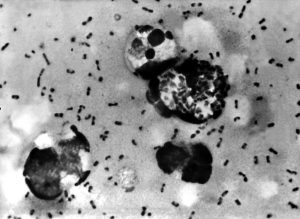By NewsDesk @infectiousdiseasenews
In a follow-up on the plague cluster reported in Ituri Province, the Democratic Republic of the Congo (DRC), health officials have reported seven additional cases.

Through November 3, 38 cases of bubonic plague including eight deaths have been reported.
Plague is an infectious disease caused by the bacterium, Yersinia pestis. It is found inanimals throughout the world, most commonly rats but other rodents like ground squirrels, prairie dogs, chipmunks, rabbits and voles. Fleas typically serve as the vector of plague.
People can also get infected through direct contact with an infected animal, through inhalation and in the case of pneumonic plague, person to person.
Yersinia pestis is treatable with antibiotics if started early enough.
There are three forms of human plague; bubonic, septicemic and pneumonic.
Bubonic plague is the most common form. In this form, the bacteria enter the body through the bite of an infected flea or rodent. Here the bacteria infect the lymphatic system. After a few days to week, the person will experience fever, chills, weakness, and swollen lymph glands. These are called buboes.
Untreated bubonic plague is fatal about half the time.
- Lassa fever outbreak in Sierra Leone
- Measles: A quarter million cases in DRC
- Japan syphilis: 5,700 cases to date in 2019, Pregnant women with the STD
- Samoa measles outbreak grows, death toll rises
- University of Arkansas: 9 mumps cases reported, health advisory issued
- Philippines: Basilan child is country’s 8th polio case

